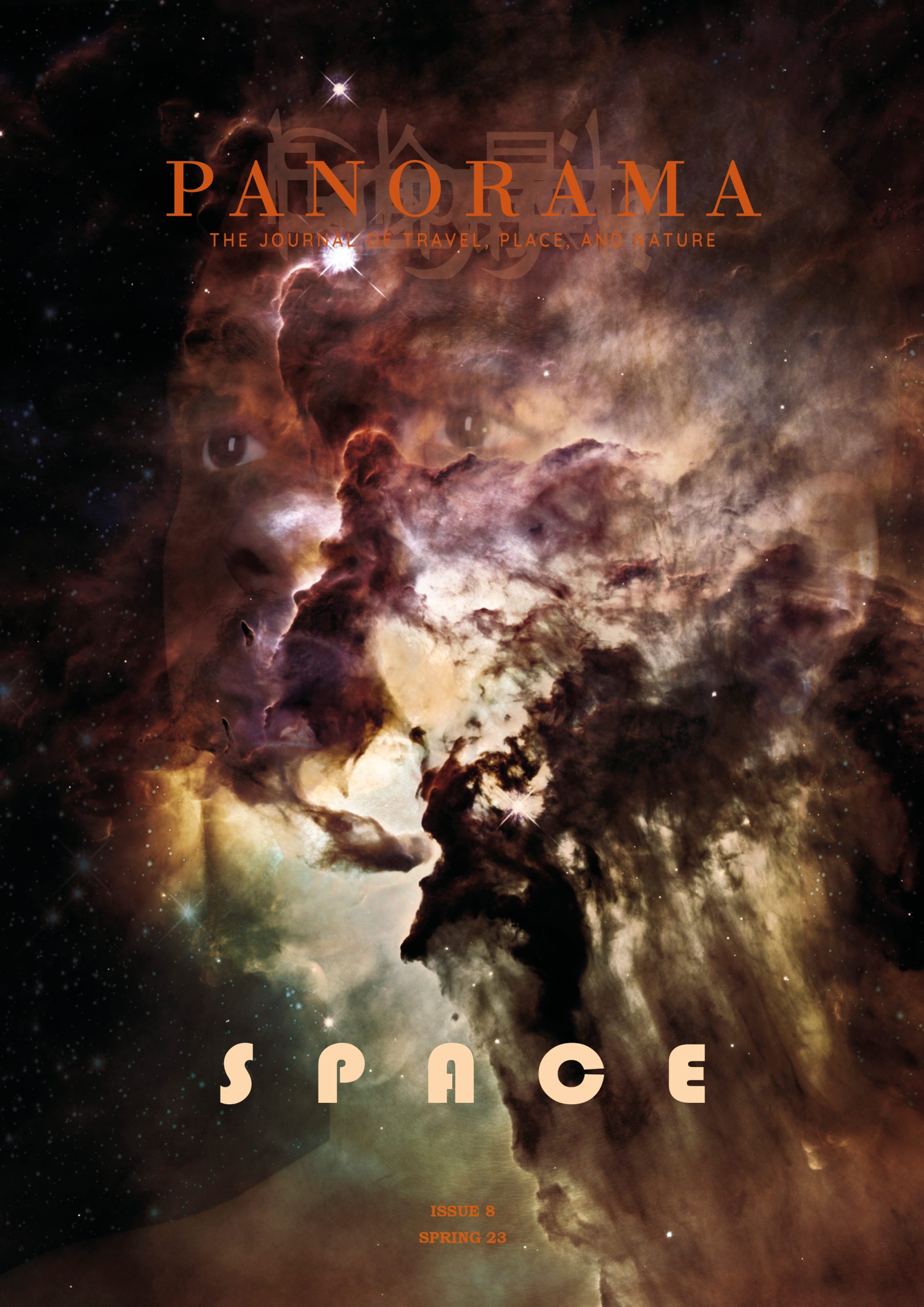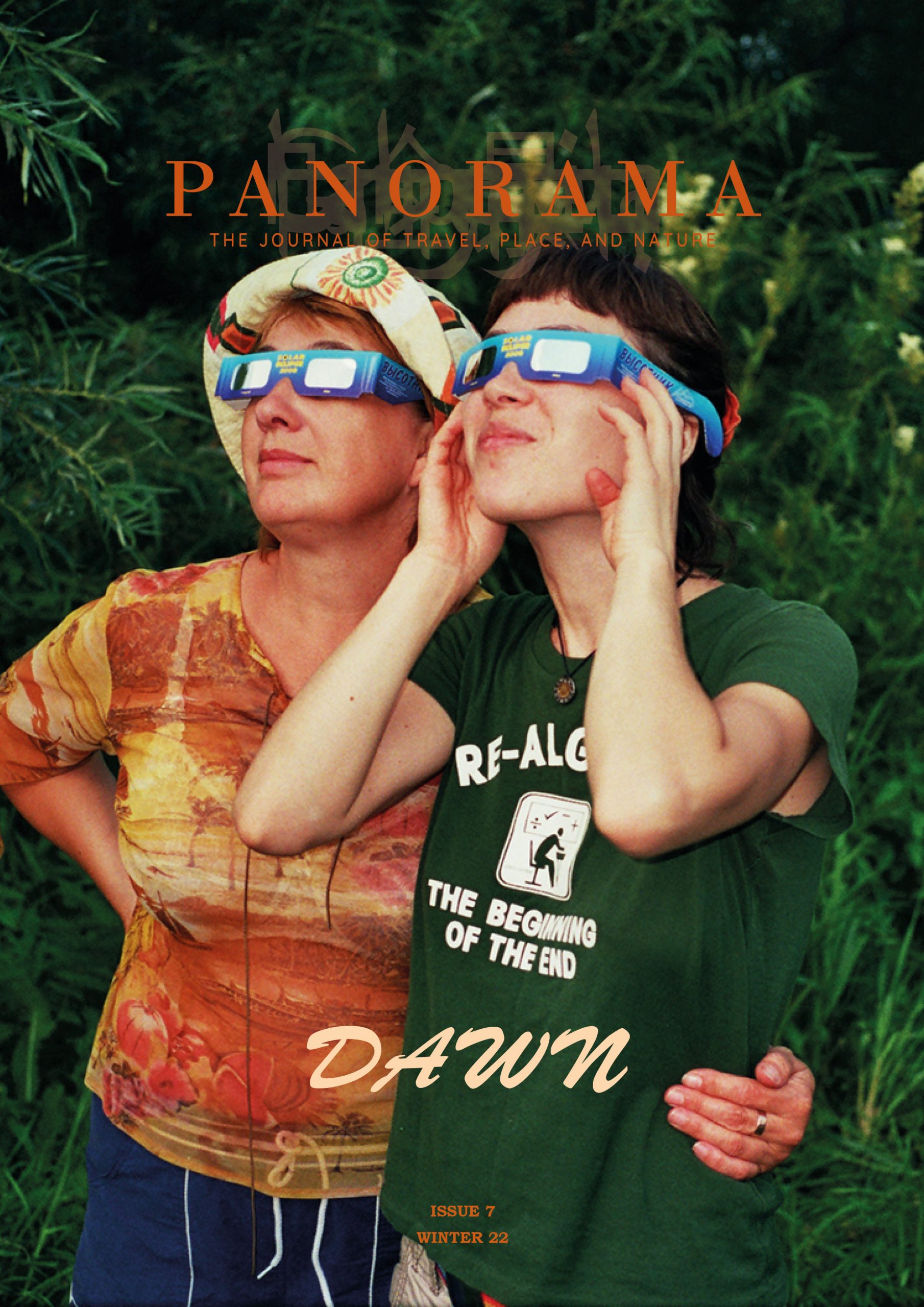
In the fourth grade, my teacher gave each student a vial of ash from the 1980 eruption of Mount St. Helens in the state of Washington.
The ash was a lighter colour than I expected—I had only seen ashes in our fireplace and in ashtrays. It was powdery, like fine sand. I opened the vial and stuck my finger down inside, poking the fluffy ash. I was surprised by its softness. The teacher told us that earthquakes caused the top of the volcano to collapse, which triggered a landslide and subsequently caused the eruption itself. The eruption generated as much energy as 1,600 atomic bombs. Hour after hour, ash blasted out of the Mount St. Helens caldera. The ash rocketing 16 miles into the atmosphere. Driven by the wind, it moved at the speed of a car toward the rest of the U.S.
I tipped the vial upside down like an hourglass. The ash would tumble to the other end. It seemed impossible that this soft ash was the product of a violent, fiery process. I was amazed that the remnants of that destructive energy could be captured in a container that fit in the palm of my hand.
*****
I attended the Christmas Eve mass at the Duomo in Florence Italy. I went on to attend the millennial New Year services, on December 31, 2000, in Rome. The Pope opened the porta sancta to everyone. These are the sacred doors of St. Peter’s Basilica. Locals and tourists lined up to pass through these holy doors, hoping to be absolved of their sins. Old women with shawls tightened against the world sobbed as they walked. When they reached the portal they were seen dragging their palms across the doorframe. The nearby Sistine Chapel created the aura of God beyond anything that I had ever seen.
A few days later, I took the train south to Pompeii and Herculaneum, which were destroyed by the eruption of Mount Vesuvius in 79AD. This volcano had not made a tremor for hundreds of years. Then suddenly, the earth spewed its molten guts. It must have seemed to be a fiery punishment delivered by Hercules or Apollo.
Pompeii took the brunt of the destruction. The entire city was engulfed and collapsed under the weight of stone and ash. In Herculaneum, roughly 18 kilometres to the northwest, hundreds of citizens sought refuge in boat houses on the beach. Twelve hours after the eruption, these poor souls were immolated by a giant cloud of scalding volcanic ash.
More striking than the devastation is the preservation of antiquity. None was preserved more than Herculaneum. This city was maintained by 50 feet of ash for hundreds of years. There is a stillness in those excavated ruins that creates a sense that they exist outside of time. I found myself whispering as I walked through the ancient city, as though I might wake someone. Roughly 75% of Herculaneum remains buried, frozen in the midst of conversations and births, and meals. It is a time capsule of the distant past.
*****
On Tuesday, September 11, 2001, I woke to a loud noise that I assumed was construction. The noise was actually a second plane crashing into the World Trade Center. I saw plumes of smoke from the roof of my apartment building. It was like the entrails of Lower Manhattan spilling into the sky. I fled north in a taxi, searching for high ground. I had only been in New York City for three days and I knew of no safe places, although I’m not sure anyone did that day.
When I returned home late that night, ash was everywhere. It hadn’t occurred to me to close the windows. I wiped ash off the windowsills with a damp cloth, sweeping bigger clumps into my hand. I stared at the collection of ash in my palm. The remnants of the tall buildings I had used for navigating Lower Manhattan during the past few days. The ash was like the hopes, dreams, memories, and fears of people in the towers. It felt different from Mount St. Helens’ ash; coarser, bigger, heavier, darker.
In the days that followed, everyone walking south of 14th Street wore surgical masks. The air was filled with dangerous chemicals and ash. Car windshields were covered with it, as were the street signs, the storefronts, and the posters of missing people. The wind blew the ash away and the rain rinsed it into the drains, but every morning for weeks after that fateful day, the ash reappeared as if by magic, reappearing overnight to line our windowsills..
Weeks later, I got a job at an office on the 25th floor of a building near Ground Zero. From the cafeteria, I could see straight down into the pit of destruction. This was the perfect view of the piles of rubble where towers had once stood. On windy days, ash swirled like leaves in autumn, working its way out of the rubble and onto the breeze. When I exited the subway in the morning, I knew I was headed in the right direction because the burning smell intensified as I walked and looming ahead I could see the skeleton of a building smiling its giant toothless smile. The ash got in my hair and under my nails so I started showering when I returned home in the evening.
*****
The ashes of a cremated person are whiter than those from a volcanic eruption or a demolished building, made lighter in colour by remnants of bone. The ashes are given in an urn. The light weight of the urn and ashes shocked me because my father was more than six feet tall. For the first week, the urn stayed on top of my mother’s dresser, but she began having nightmares that Dad was alive when he was cremated. My family decided to spread some of Dad’s ashes in places that were meaningful to him, but even then there was a large amount remaining. I put them in a Mason jar and took them with me to Scandinavia on a trip my father and I had planned to take together. I wrapped the jar in an orange bandana and kept it inside my rucksack as I travelled through Denmark, Norway, Finland, and finally to Sweden, our native land. My trip felt like a pilgrimage, culminating in the return of Dad’s ashes to the place from whence they came. I thought doing so would provide closure, or start to put right a world that felt entirely wrong.
When I got to Hedemora, a small town in central Sweden where my father’s ancestors had lived, I felt the weight of what I had been doing. A trip to the local library and cemetery failed to turn up any information about where the Renstroms lived or had been laid to rest. I suddenly realized I did not want the ashes released into the wind and blown into oblivion. I wanted to twist the lid impossibly tight and keep my father in the jar like a lightning bug. What does one do with ashes? Put them in a vial? Wipe them off a windowsill? Put them in an urn where they can induce nightmares? Scatter them in a foreign country amid tears?
On the cliffs of Södermalm, overlooking Stockholm, I spent an afternoon looking into that jar. I pleaded with its contents to tell me what to do. “Where do you want to go?” I asked my dad’s ashes, as though they could respond. Watching the clouds pass over the city, I decided that the ashes needed to ride the wind after all. Keeping them contained seemed wrong. As I turned the jar upside down, I let myself fantasise that Dad would somehow be able to see all the places his ashes would travel. Still, I saved some. I’m not sure whether they were a beginning or an end, or both, or neither. All I know is that I did not want that jar to be empty.
*****
In 1973, the Eldfell volcano erupted on the Icelandic island of Heimaey, a land mass formed by a volcanic eruption in ancient times. I took the ferry to Heimaey and wandered the lava fields for hours in the rain. I tried to climb the volcano, but the wind grew fiercer the higher I got and drove me back. Ironically, I sought refuge in the volcano museum where I saw pictures of the 1973 eruption. The pictures showed lava barrelling skywards like a geyser, spraying sparks and fire. An excavated house, with its hallways still choked with black ash, formed the museum’s centrepiece.
When officials gave an evacuation order, most of the 5,300 residents got into boats and planes. They made their way to the mainland. Many residents returned to try and salvage their belongings, livestock, and livelihoods. They shovelled the ash off roofs and trucked out tons of ash every day. Yet it seemed that Eldfell wouldn’t be satisfied until it consumed the entire island and buried all evidence of human existence. It erupted for months, its lava torched what stood in its way, while ash blanketed the town, the cliffs, and the sea. A photo taken at night shows a fiery line of lava forming the horizon. Two months after the initial eruption, houses were still being lost by the dozens. In all, 400 houses were lost. The island’s electrical station was gone. A massive delta of lava pushed into the harbor, threatening to destroy the island’s fishing industry. Residents initiated a movement to save the port.
Even though experts doubted it would work, Icelanders pumped cold ocean water through hoses to stop the flow of lava. Their efforts amounted to the biggest volcano-fighting effort in history, making international headlines next to those about Vietnam; a juxtaposition of the wars we fight. For the people of Heimaey, the battle lasted six months. They ultimately prevailed. Huge boulders of cooled lava were left in the streets, stopped amid eating buildings and cars. The destruction was significant. Sadly, lingering toxic gases took the only human life lost in the ordeal.
As I looked at photos of the eruption, it seemed impossible that anyone would choose to fight the celestial red of the lava. It was like the earth was spitting a sun from its core. The people were so small against that force, like ants in the backdrop of Eldfell in its fiery glory. As I hiked the hills around Eldfell later that day, it occurred to me that the volcano could erupt again at any time, and that the residents of Heimaey are compelled to live with that uncertainty. They could avoid living in this dangerous place, but they choose to live here anyway. They have a bustling town and a busy harbor in spite of (or perhaps because of)the earth roiling beneath their feet.
After the lava cooled, the land around Heimaey had grown by two square kilometers. While much was lost in those months, something else was birthed into existence, the residents of Heimaey used the heat from the lava to generate energy for years. This is a practice first started in Reykjavik in 1930. All of Iceland is geothermally powered now, using the nation’s fiery heart as fuel. The Icelanders are showing that they are unafraid of the danger involved in its unpredictable beat. The ash is like powdery scars drifting in the wind, buffeted and bandied about by the currents. This is a reminder of survival. The steaming lava fields are not an ominous warning of what might lie in store, but a reminder of what was overcome. The affirmation that their home was worth saving.










